Biolaminin 521 CTG (CT521)
Human recombinant laminin 521
Biolaminin® 521 CTG is a full-length, human, recombinant laminin-521 substrate, the only one of its kind on the market, providing an optimal environment for feeder-free culture of human PSCs, MSCs and most anchorage-dependent progenitor cell types. With this clinical-grade product, scientists are supported throughout their cell therapy development process – from concept to commercialized therapy.
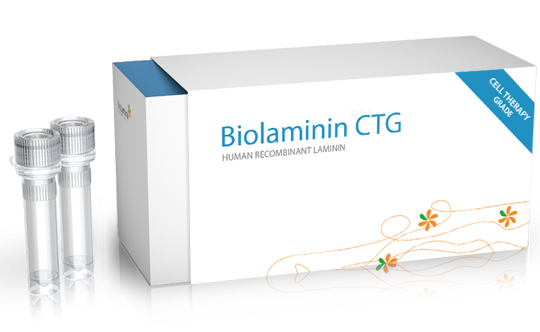
The only full-length laminin proteins on the market
Biolaminin 521 CT (cell therapy grade; CT521-02 and CT521-05) comprises full-length, human recombinant laminin 521 protein, a cell culture matrix designed for robust cultivation of human pluripotent stem cells (hPSCs) for clinical applications. As an inherent stem cell niche protein, laminin-521 provides a biologically relevant environment leading to improved survival and efficient growth from single-cell cultures to large-scale production.
Reproducible stem cell culture process
By replicating the native hPSC microenvironment, the Biolaminin 521 substrate facilitates optimal attachment, high survival rates, and sustained self-renewal of pluripotent stem cells in vitro.
Laminin-521 standardizes pluripotent gene expression profiles, maximizes genetic stability, and activates pertinent cell signaling pathways, ensuring uniform cellular responses and improved functionality.

Controlled differentiation with tissue-specific laminin
Beyond its fundamental role in sustaining stem cell cultures, laminin-521 also augments cell differentiation, fostering the maturation, polarization, and organization of specialized cell types. It stands as the preferred option for culturing a set of primary cell types given its natural occurrence in tissues such as the nervous system, pancreas, and eye.
From research to clinical use
Focused on clinical applications? The Biolaminin MX and CT laminin-521 products are designed for translation with extensive regulatory documentation.
Recommended applications
Whatever your research aim is, you need a culture substrate that guarantees the highest cell quality and yield. Read more about the related cell applications.
-
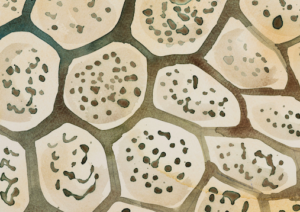
Clinical applications and large-scale cell production
Biolaminin substrates for large-scale manufacturing and clinical use Scaling up high-quality cell production for clinical needs A scalable system for […]View application -
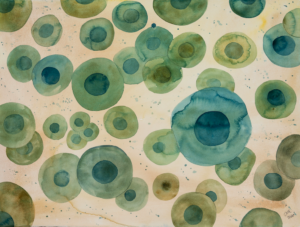
Pluripotent stem cells
Biorelevant culture of human ES and iPS cells on Biolaminin substrates Biolaminin 521 successfully replicates the genuine human stem cell niche […]View application -
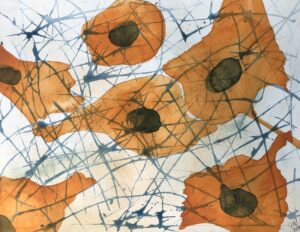
3D culture
Biosilk and Biolaminin key advantages 3D cell culture and organoid formation 3D culture systems for disease modeling, drug screening, and […]View application -
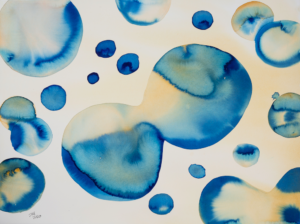
Clonal stem cell culture
Biorelevant clonal stem cell culture on Biolaminin substrates Biolaminin 521 successfully replicates the genuine human stem cell niche in vitro […]View application -
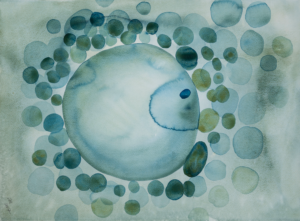
iPSC reprogramming and expansion
Reprogramming and expansion of human iPS cells on Biolaminin substrates High-efficiency iPSC reprogramming and expansion on Biolaminin 521 Human recombinant Biolaminin […]View application -
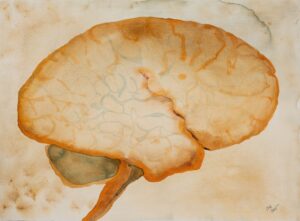
Neural cells
Biorelevant culture of neural cells on Biolaminin substrates Laminins are widely expressed in the nervous system and are essential for […]View application -
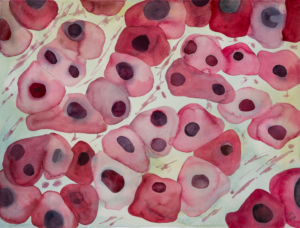
Hepatocytes and hepatoblasts
Biorelevant culture of liver cells on Biolaminin substrates Several laminins play a vital role in liver progenitor cell-mediated regeneration The […]View application -
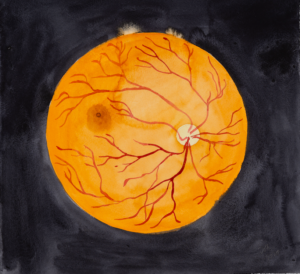
Eye cells
Biorelevant culture of eye cells Laminin proteins are important components in the eye microenvironment Biolaminin products have been succesfully used […]View application -
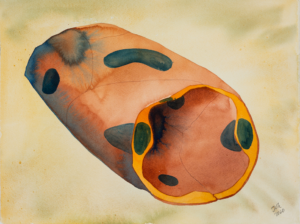
Endothelial cells
Biorelevant culture of endothelial cells Biolaminin isoforms for vascular endothelial cell culture Endothelial cells that make up the vascular network […]View application
Key features
Key benefits
The instructions include recommendations for transfer, passaging, thawing, and cryopreservation of hPSCs on CT521.
Important notes
- For research use or manufacturing of cell, gene, or tissue-based products*
* Manufacturing of commercial products need express written permission of BioLamina. - Biolaminin 521 CTG (CT521) has been developed and manufactured to allow customers to qualify the material for use in the manufacturing of cells for clinical research.
- CT521 is animal origin-free to the secondary level according to the ISCT guidance document ˮISCT Animal-Free Origin Survey Results-Summary”. All materials used in the production process have full traceability.
- The product has supporting documentation such as Certificate of Analysis (CoA) and Animal Origin Free Statement provided with every lot to support regulatory filings.
- The laminin stock solution is long-term stable when stored at -20°C to -80°C. Please refer to the product-specific CoA for shelf life details.
- Repeated freeze-thawing should be avoided. If desired, the laminin stock can be dispensed into working aliquots and stored at -20°C to -80°C. Thawed, undiluted laminin stock is stable for at least 3 months when stored at +2°C to +8°C under aseptic conditions.
- Avoid long exposure of the protein to ambient temperatures.
- For your convenience, the coated plates can be kept for up to 4 weeks when stored aseptically at +2°C to +8°C.
Troubleshooting
Biolaminin plate coating
An uneven cell spread is often a coating issue and could be caused by the following:
- Too low coating concentration used. Increase the coating concentration is high enough to support even cell growth.
- Bad coating coverage/the plate has dried out. Ensure that the entire surface is covered by the laminin coating solution when preparing fresh plates. Also, do not let the plate dry out as this will inactivate the laminin coating. Too long time in the incubator or long storage without sealing could cause too much evaporation so that part of the plate dries out (often in the center).
hPSC splitting and seeding
- We recommend single-cell passage or passage as small clumps.
- Stem cells are sensitive and when using an enzyme, do not treat the cells too long as that will damage the cells. Cells attach tighter on laminin compared to other matrices and scraping or pipetting without first loose up cells can affect cell integrity and viability which could result in less attachment the next day. Less confluent cells need shorter treatment time whereas more confluent cells might need longer treatment time. The cells should detach easily without too much pipetting needed. Do not use too much mechanical force (extensive pipetting or scraping) as that will damage the cells. Increase the dissociation reagent incubation time rather than increasing the force. If the cells stick very hard to the Biolaminin 521 surface, try to lower the coating concentration.
- After seeding: most cells should have attached after 1 hour and the cells should be evenly distributed over the entire plate. If there is a lot of cell death after seeding, the cells have most likely been treated too harshly during splitting.
- The day after seeding: the cell has migrated and should have formed small colonies and will continue to expand as a homogenous monolayer. Cells cultured on the Biolaminin 521 matrix are ready to be passaged when cell culture is 60-99% confluent. Depending on the cell line, seeding density and on the medium used, cultures are usually passaged 3-6 days after seeding.
Product name
Biolaminin 521 CTG
Product code
CT521
Declaration
For research use or manufacturing of cell, gene, or tissue-based products*
* Manufacturing of commercial products need express written permission of BioLamina.
Documents
Storage
-20°C to -80°C
Concentration
0.1 mg/ml
Appearance
Clear, colorless solution with a pH of 7.5 with 20mM HEPES, 0.25M NaCl, 10% glycerol
Shipping condition
Dry Ice
Protein name
Laminin 521 (Laminin-11)
Classification
Animal origin-free, human recombinant protein
Product application
Culture of human embryonic and induced pluripotent stem cells (hESC and hiPSC), mesenchymal stem cells (MSC) and most anchorage-dependent progenitor cell types. Differentiation and maintenance of specialized cells, such as hepatocytes, cardiomyocytes, and neurons.
Clonal culturing of human embryonic stem cells on laminin-521/E-cadherin matrix in defined and xeno-free environment
Rodin S., Antonsson L., Niaudet C., Simonson O.E., Salmela E., Hansson E.M., Domogatskaya A., Xiao Z., Damdimopoulou P., Sheikhi M., Inzunza J., Nilsson A.S., Baker D., Kuiper R., Sun Y., Blennow E., Nordenskjöld M., Grinnemo K.H., Kere J., Betsholtz C., Hovatta O., Tryggvason K.
Nature Communications, 2014
Monolayer culturing and cloning of human pluripotent stem cells on laminin-521 based matrices under xeno-free and chemically defined conditions
Rodin S., Antonsson L., Hovatta O., Tryggvason K.
Nature Protocols, 2014
a-5 Laminin Synthesized by Human Pluripotent Stem Cells Promotes Self-Renewal
Laperle A., Hsiao C., Lampe M., Mortier J., Saha K., Palecek S.P., and Masters K.S.
Stem Cell Reports, 2015
Laminin 521 stabilizes the pluripotency expression pattern of human embryonic stem cells initially derived on feeder cells
Albalushi H., Kurek M., Karlsson L., Landreh L., Rós Kjartansdóttir K., Söder O., Hovatta O., Stukenborg J-B.
Stem Cell International, 2017
Niche-derived laminin-511 promotes midbrain dopaminergic neuron survival and differentiation through YAP
Zhang D., Yang S., Toledo E.M., Gyllborg D., Saltó C., Villaescusa J.C., Arenas E.
Sci Signal. 2017
Size guide
Not sure how much laminin you need? To make it easy, we have created a tool where you can calculate the amount needed for your experiments. Just choose culture well format and fill in the desired coating concentration to see the amount required.